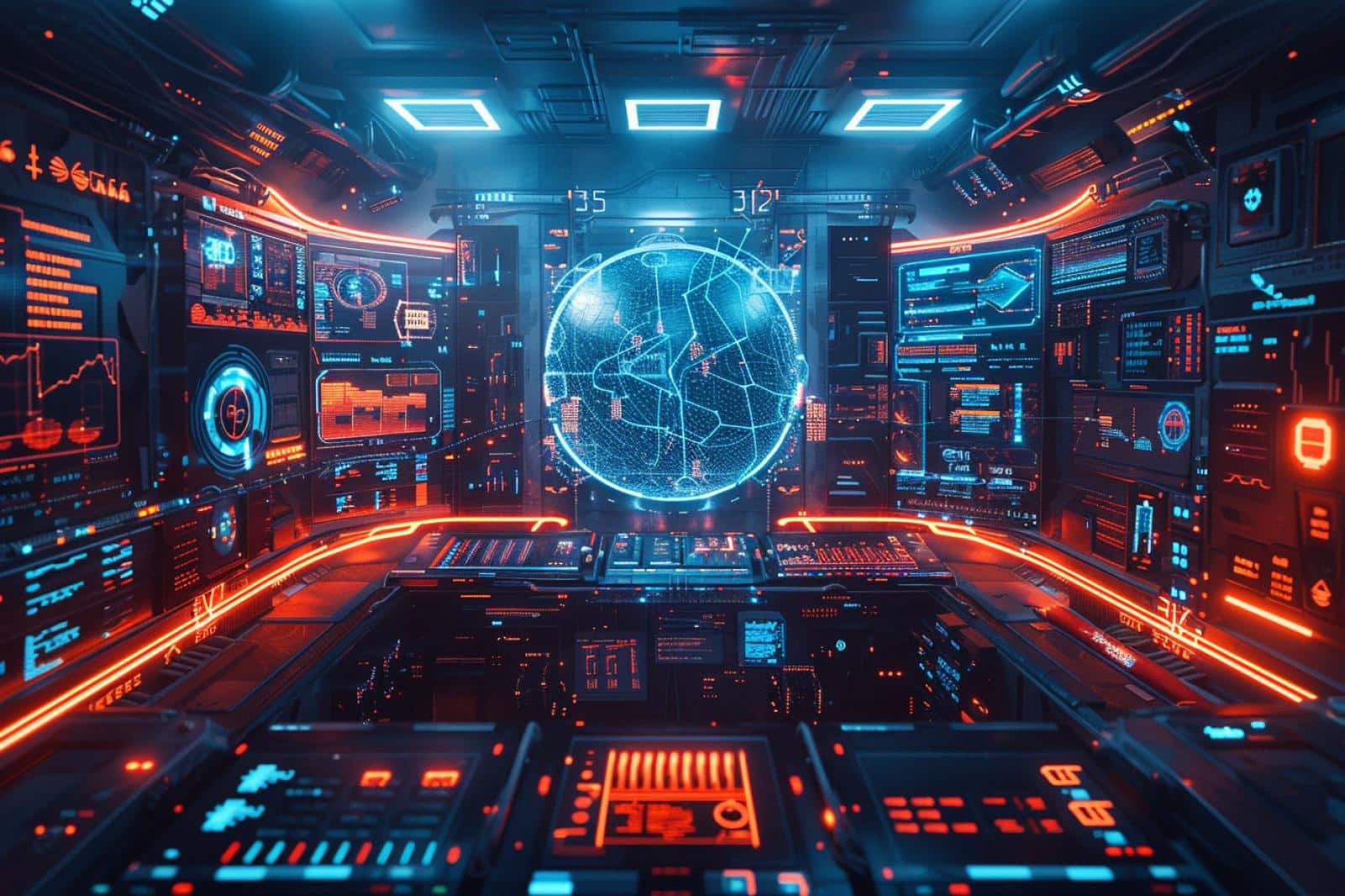How Is Technology Enhancing Personalized Learning and Adaptive Education Systems?

Technology and education have been entwining together, creating an intricate dance that changes the face of learning. The age-old chalk and talk method of education is now a story of the past. In its place, we have educational technology that allows for personalized and adaptive learning. The rhythm of this dance is set by algorithms, data, and systems that support the individual needs of each learner.
The Rise of Personalized Learning Experiences
Personalized learning takes center stage as it transforms the learning landscape. In simple terms, it tailors the educational content and learning environment based on the individual pace and style of each student.
En parallèle : What Is the Potential of Synthetic Biology in Future Healthcare Solutions?
The rise of personalized learning is not a sudden phenomenon. It is the culmination of the understanding that each learner is unique, with different interests, strengths, and areas of improvement. Technology has provided the platform to implement this understanding on a large scale effectively.
The emergence of personalized digital learning platforms has changed the way educators teach and students learn. At the heart of these platforms are data and algorithms, working together to adapt the learning process according to the student’s needs and progress.
A découvrir également : Can AI-Based Diagnostics Improve Early Detection of Diseases in Telemedicine?
The Role of Data in Personalized Learning
Data is the lifeblood of personalized learning. Every click, every mouse hover, every answer given by the learner is recorded and analyzed. This data gives educators a deep, detailed understanding of the student’s learning habits, strengths, weaknesses, and preferences.
Technology platforms apply algorithms to this data, thereby creating a learning path suited to the individual learner. This path adapts and changes as the learner progresses, providing real-time support to enhance the learning experience.
Data-driven personalized learning doesn’t stop at understanding the learner. It extends to predicting their learning behavior, identifying patterns, and providing proactive support. This predictive analysis helps educators to intervene at the right time, preventing learning gaps and boosting student performance.
Personalizing Content with Adaptive Learning Systems
While data provides a deep understanding of the learner, the adaptive learning system uses this understanding to personalize content. These systems use technology to modify the content, sequence, and pace of learning based on the learner’s responses and performance.
Adaptive learning systems are designed to ensure that each student is constantly challenged but not overwhelmed. The content adapts based on the learner’s ability level, ensuring they are working in their optimal learning zone. This leads to increased engagement, better knowledge retention, and improved learning outcomes.
Adaptive education systems also provide immediate feedback. When a student answers a question, the system instantly evaluates the response and provides corrections or additional information as needed. This immediate feedback helps students to correct their understanding and reinforce their learning.
Personalized Learning Platforms: The Future of Education
The future of education lies in personalized learning platforms. Schools and universities worldwide are integrating these platforms into their curriculum, reshaping the educational landscape to be more learner-centric.
These platforms offer a variety of features designed to enhance the learning experience. Interactive content, gamification, peer collaboration tools, and AI tutors are just a few examples. These features make learning more engaging, enjoyable, and effective for students.
In addition, personalized learning platforms are making education more accessible. Regardless of location or socioeconomic status, students can access high-quality, customized education, breaking down traditional barriers to learning.
Educators and Personalized Learning Technology
Educators play a crucial role in implementing personalized learning technology. It’s not enough to simply integrate technology into the classroom; educators must also understand how to use it effectively to support students’ learning.
Educators need to understand how to interpret the data generated by these platforms to provide targeted support to learners. They must also be able to guide learners in using these platforms, encouraging them to take control of their learning.
Moreover, educators need to continually adapt their teaching strategies in response to the data and feedback provided by the technology. With technology enhancing personalized learning, educators are evolving from mere content deliverers to facilitators of learning experiences.
In conclusion, technology is not just enhancing personalized learning and adaptive education systems; it’s revolutionizing them. It’s transforming the educational landscape to be more learner-centric, personalized, and effective. And this dance of technology and education is just getting started.
The Intersection of Artificial Intelligence and Personalized Learning
Artificial intelligence (AI) is a key player in the field of personalized learning. By applying AI algorithms, personalized learning platforms can analyze student data, adapt learning content, and provide real-time feedback to enhance the learning journey.
AI algorithms are capable of identifying patterns in the data recorded from a student’s interaction with the platform. This includes details such as the time spent on a particular task, the number of attempts made to solve a problem, and the learner’s performance on various assignments.
Artificial intelligence takes this data analysis a step further by providing predictive insights. It can forecast potential difficulties a learner may face based on their learning history and habits. This allows educators to intervene proactively, offering tailored support before a learning gap becomes too wide.
AI also plays a significant role in adapting the learning content to suit each learner’s needs. If a student struggles with a particular topic, the AI can present similar problems in different ways, helping the learner to understand the concept from various angles. Furthermore, it can adjust the difficulty level and pace of questions based on the learner’s progress.
Finally, the use of AI facilitates the provision of real-time feedback. It can instantly evaluate a student’s response to a question and provide corrective feedback or additional information. This immediate response enhances the learner’s understanding and reinforces their learning.
The Evolution of Learning Environments and the Implications for Data Privacy
With the use of technology in education, learning environments have evolved significantly. Traditional classroom-based instruction is being supplemented, or in some cases replaced, by virtual learning environments. These digital classrooms offer interactive content, multimedia resources, and personalized learning experiences.
However, as learning moves online, issues of data privacy and security become critical. Personalized learning platforms collect a vast amount of student data, including their learning styles, academic performance, and interaction habits. It is essential that these platforms have robust data privacy policies and measures in place to protect this sensitive information.
Educational institutions and platforms must adhere to strict data protection regulations. Transparent data policies should be in place, outlining what type of data is collected, how it is used, and who has access to it. Regular audits and security updates should also be conducted to ensure the continued protection of student data.
Furthermore, educators and students should be educated about the importance of data privacy and the steps they can take to protect their information. This includes understanding the privacy settings on learning platforms and being cautious about sharing personal information.
In Conclusion: The Dance Continues
There’s no doubt that technology is revolutionizing the face of education. Personalized learning and adaptive education systems are transforming the way we teach and learn, making education more learner-centric, engaging, and effective. This intricate dance between technology and education, enhanced by artificial intelligence, data-driven insights, and innovative learning platforms, is only just beginning.
The growth of personalized learning experiences has shown that each learner’s journey is unique. It is clear that one-size-fits-all education is a thing of the past. As we move forward, the focus will be on designing learning experiences that adapt to individual learning styles, preferences, and strengths and weaknesses.
However, as we harness the power of technology in education, it is crucial that we don’t lose sight of the human aspect. The role of educators remains vital in guiding students’ learning journeys and ensuring a safe, inclusive learning environment. The goal is to use technology not as a replacement for the human touch in education, but as a tool to enhance it.
Finally, as we collect and analyze more student data to personalize learning, we must prioritize data privacy and security. The future of education is not just about personalizing the learning experience, but also about protecting the learners in the process.
Indeed, the dance of technology and education continues, and it’s a dance that promises to lead us to a future where learning is more personal, adaptive, and effective than ever before.
